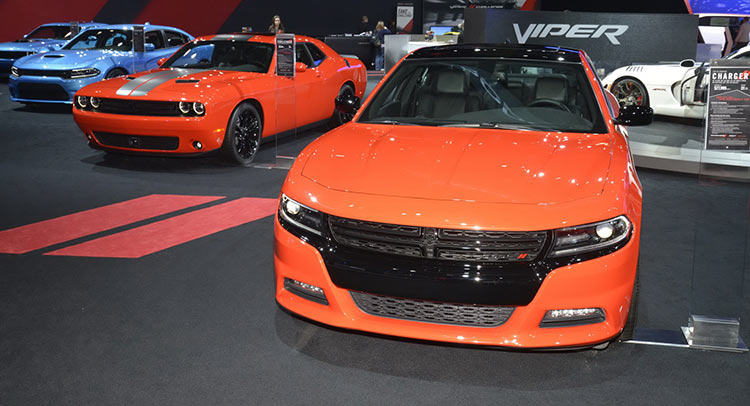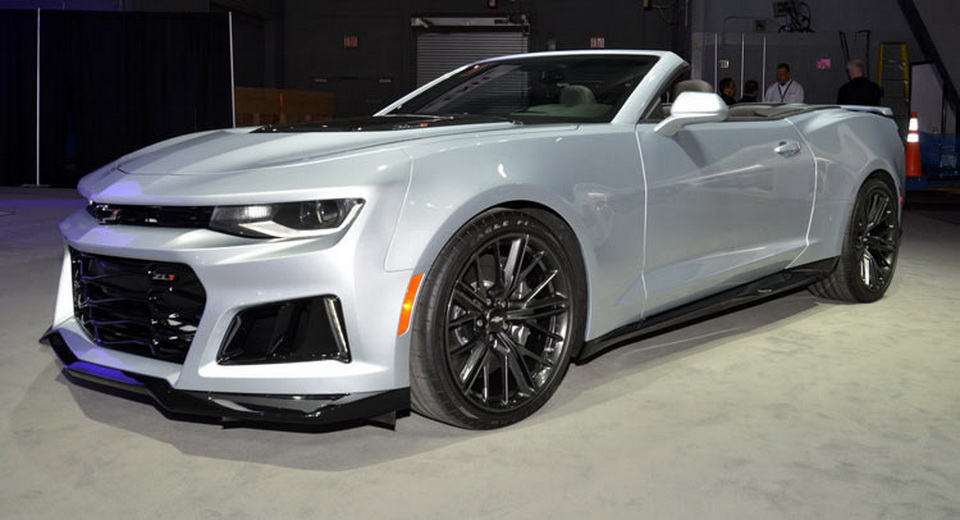With automakers constantly bringing all sorts of updates to their models, it makes sense for them to differentiate the latest crop. In the US, however, it so happens that the model year designation is always ahead of the time said model actually becomes available, sometimes by a large margin.
Boston auto analyst and historian John Wolkonowicz explained this paradox to The Detroit News and, as he says, it is rooted deep in the history of the automobile in the United States.
“The automotive model year started back in the teens”, said Wolkonowicz. “Farmers would harvest their crops and sell them every fall, and that’s when they had enough cash in their pockets to go out and buy a car. And that’s how the model year started, and eventually that’s how the fall introduction of new cars started.”
Weather, according to Ford Motor Co historian Bob Kreipke, was also a factor: “In the early days, assembly plants in northern states had trouble with lighting and heating in the winter months. So they mostly produced in the summer months and then put the cars out for sale in the fall.”
While auto shows, where new cars are oftentimes displayed well before they actually go on sale, as well as the prying eye of the motoring Press have stolen some of the mystery surrounding each new model year car, Joe Phillippi, president of auto research and consulting firm Auto Trends claims that they still hold a certain allure for some customers.
“There are buyers who purchase a new car at the start of the model year to be first with the newest before anyone else — like their neighbors”, Phillippi says. “This is why cars in showrooms at the start of the model run are loaded with all the options, because the industry knows the newest buyers are the type who will step up to pay to get the car first.”




